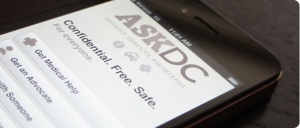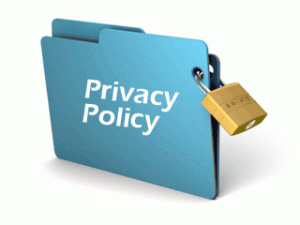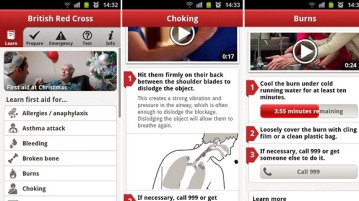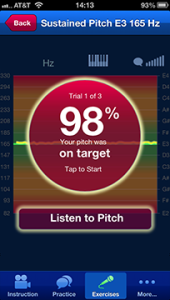Buycott is an app that allows you to become educated on which causes you fund when buying food. The application uses the camera interface of a mobile device to scan the barcode of an item. Then the parent company of the item is searched in the database to cross-check with ethical principles, outlined as campaigns, in which the user is for. As the debate whether companies should be legally made to label GMO’s continues Buycott is an app that places the power into the user’s hands instead of relying on government changes to policy to catch up with the times. Additionally, the campaign aspect allows users to support causes they believe in such. If a user for instance supports LGBT rights and is aligned with that campaign a simple scan of a product will provide information if the parent company of that product is aligned with the users principles. Below is a video that allows you to see exactly how Buycott works.
The interesting thing about Buycott in terms of this class is in its User-Created Design that is a leading example of sustainability in a project. The Light and Luckin reading states that, “the critical question in all this is where is information to come from if it is to be relevant and usable to local populations and where is the support to come from if information is to become knowledge? Are information only projects sustainable? Or is the step to knowledge vital for sustainability? (2008, p. 25). The design team of Buycott acknowledges the challenges of its application idea. If the application fails to have information about a product in its database it cannot accurately inform the user. To combat this the application effectively changes the user from a passive user to an active user. If a product is not found in the database the application will ask for the user to identify the product by name, brand name, and company name effectively adding it into large database. The developers even call on users to help them build the database on their “about” section in the website. “..We need your help maintaining and improving the integrity of the data. New users can ass unknown products they scan, and also contribute contact and background information for existing companies or vote on the accuracy of information that’s already been added” (Buycott, 2014). According to Light and Luckin, this is a very Amarya Sen view of approaching social justice and design. In which the application “requires us to enable people to engage in the activities necessary to achieve what they want, rather than to give them what they want” (2008, p. 9).
In an effort to enable users through its design, Buycott successfully fives power to citizens. This power is found in the ability to choose to buy products that align with the user’s ethics, giving them the power to go against organizations they see as unjust. Foucault believed that power should be present in fluid and in mundane day-to-day activities that make up human life, in Buycotts case being a consumer (Marwick 2012, pg 382).What is interesting is through this idea of giving power to society to conveniently check and add information in regards to the social alignment of products Buycott allows individuals to have speak against companies that do not grant social justice. The application allows for access of information in effort to use this knowledge to help disabled persons. In the case of the” Boycott Goodwill Industries” Campaign, the campaign aims to boycott Goodwill until the company changes their policies from paying disabled employees sub-minimum wages. This is indeed a form of “dismantling the oppressive power relations of disability in our societies,” attempting to wash away the view of the disabled as others ( Goggin, p. 102).
Buycott. (2014, January 1) Retrieved March8, 2015 from https.//www.buycott.com/
Goggin, G. (2006). Cell phone culture: Mobile technology in everyday life(pp. 102-103 ). London: Routledge.
Light, A., & Luckin, R. (2008). Designing for social justice: People, technology, learning. (pp. 9, 25)
Marwick, Alice. (2002). “Public Domain: Surveillance in everyday life.” Surveillance & Society, 9(4): 382-384





